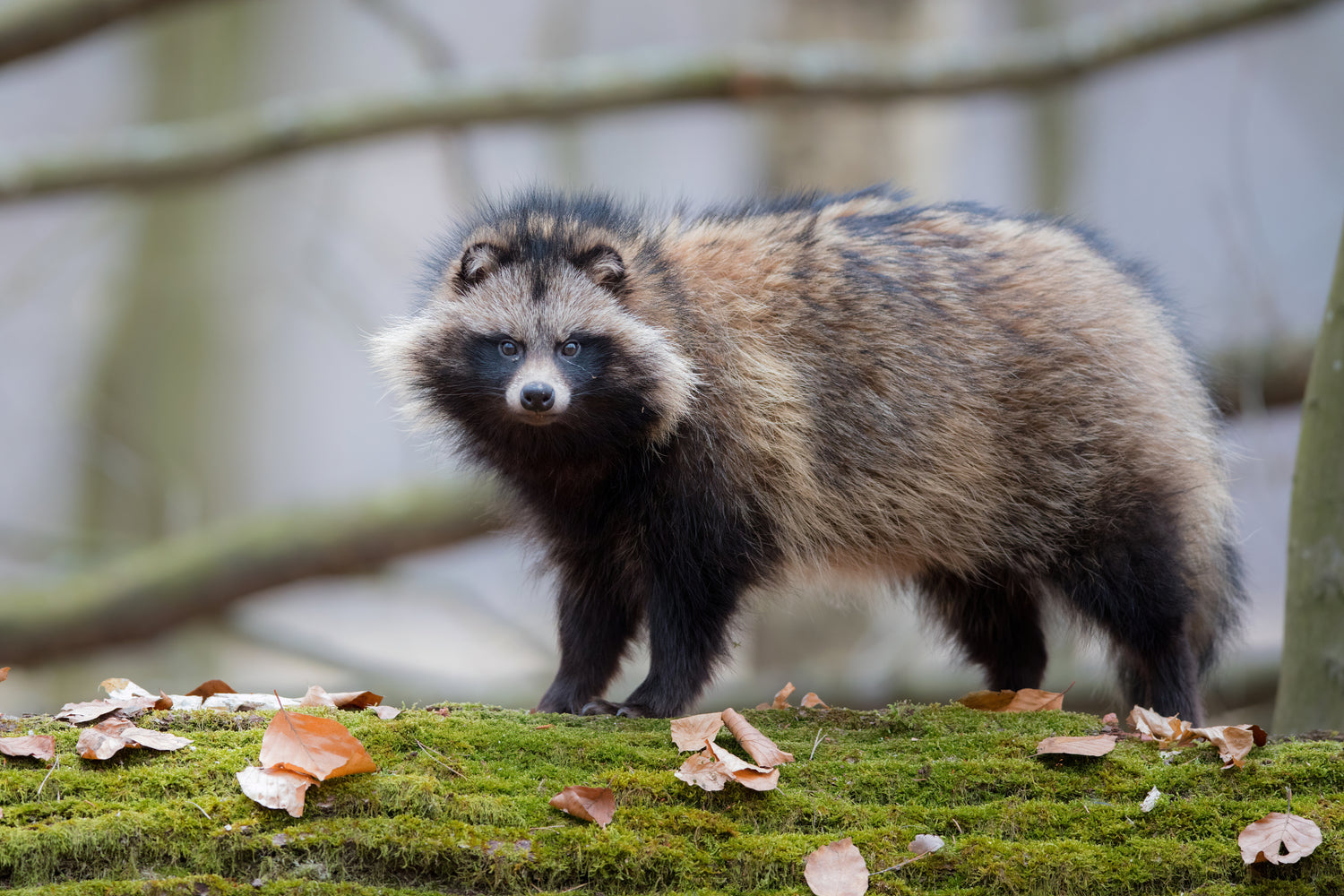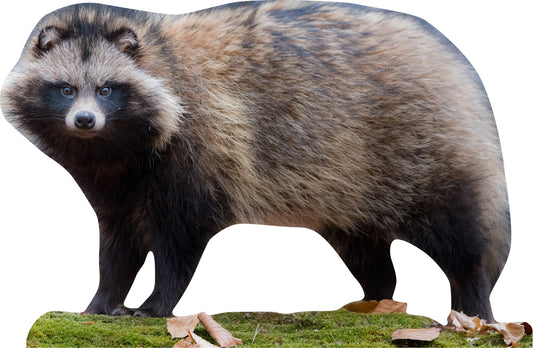
raccoon dog
The raccoon dog, originally from East Asia, has spread as an adaptable species in many parts of Europe. Due to its omnivorous diet and its ability to adapt to different habitats, it plays an important role in the ecosystem. This fact sheet provides a detailed overview of the biology and lifestyle of the raccoon dog and emphasizes the importance of its protection and regulation in the relevant regions.
raccoon dog Products
-
Animal display pine marten
No reviewsRegular price From 59,90€Regular priceUnit price / per -
Animal display pine marten - outdoor set
No reviewsRegular price 75,50€Regular priceUnit price / per
Profile: raccoon dog
-
Scientific classification
- Class: Mammals (Mammalia)
- Order: Carnivora
- Family: Martens (Mustelidae)
- Genus: Nyctereutes
- Species: N. procyonoides (raccoon dog)
-
Physical characteristics
- Size: Body length of 50-65 cm
- Tail length: 20-30 cm
- Weight: 5-10 kg
- Special features: Raccoon dogs have a stocky build, a broad head, pointed ears and a thick coat. The most striking feature is the "mask" of dark facial features, which gives them a raccoon-like appearance.
-
Habitat and distribution
- Common regions: Originally from East Asia, now also widespread in Europe, especially in Eastern Europe and parts of Central Europe.
- Habitat: Forests, wetlands, agricultural areas, but also found in urban outskirts and near bodies of water.
-
Nutrition
- Diet: Omnivorous
- Typical food: insects, small mammals, birds, fruits, berries, plants, garbage and other human food waste.
-
Reproduction and lifestyle
- Mating season: spring to summer
- Gestation period: 60-70 days
- Litter size: 4-7 young per litter
- Lifestyle: Solitary, nocturnal; raccoon dogs live in burrows they dig themselves or use old tree burrows and rock crevices. They are excellent swimmers and climb well.
-
Lifespan and protection status
- Life expectancy: Up to 10 years in the wild
- Endangered status: In some regions, an invasive species that can endanger native fauna through its feeding habits and competition for habitat. In other regions, the raccoon dog is not endangered.
- Conservation measures: regulation of the population in areas where it is considered an invasive species; protection of natural habitats and monitoring of populations.


